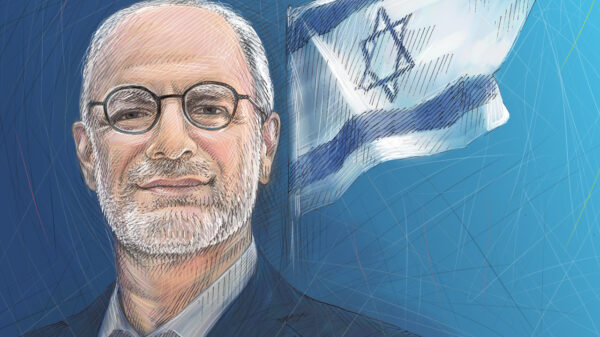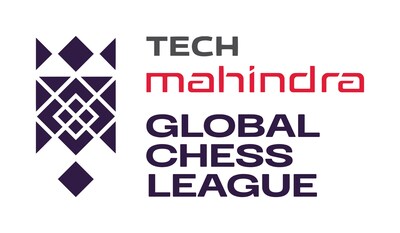Ethereum developer Zak Cole has announced the launch of the Ethereum Community Foundation (ECF), a new initiative aimed at enhancing the economic value of Ethereum. The announcement was made during the Ethereum Community Conference in Cannes, France. Founded by Cole alongside a group of ecosystem supporters, the ECF has already raised substantial funds, reportedly in the millions, to support projects that focus on immutability, avoid creating new tokens, and implement Ethereum (ETH) burning mechanisms.
The ECF’s mission is to reduce the circulating supply of ETH and bolster the network’s monetary policy. One of its first initiatives, the Ethereum Validator Association (EVA), seeks to empower validators by allowing them to express preferences in protocol development through their staked ETH. The EVA also plans to invest in validator infrastructure to enhance decentralization and network security.
Strategic Initiatives and Goals
Beyond validator-related projects, the ECF aims to fund the integration of real-world assets like stocks, bonds, and real estate onto Ethereum’s blockchain. These integrations are seen as crucial for institutional adoption, a key driver of long-term network value. Additionally, the foundation will prioritize funding for public goods that tackle technical challenges within the Ethereum ecosystem, such as optimizing the use of blob space in data availability layers.
Funding decisions will be determined through coin voting, allowing the broader Ethereum community to participate in grant allocations. The ECF has committed to maintaining transparency in all funding decisions, treasury movements, and project milestones to ensure accountability and alignment with community goals.
Context and Implications
The launch of the ECF comes at a critical juncture for Ethereum, which is undergoing significant changes following executive shifts at the Ethereum Foundation. The ECF’s mandate includes engaging with governments, regulators, and policymakers to promote Ethereum as a reliable institutional infrastructure layer.
While the specific backers of the foundation have not been publicly disclosed, further announcements regarding its supporters and upcoming funding rounds are anticipated in the coming weeks. By focusing on projects that reinforce ETH’s economic integrity without introducing new tokens, the ECF positions itself as an alternative funding avenue within the ecosystem. It aims to complement but also differentiate from the Ethereum Foundation’s current priorities.
Expert Opinions and Historical Parallels
Industry experts view the ECF’s approach as a strategic move to address some of the challenges Ethereum faces in maintaining its position as a leading blockchain platform. By emphasizing ETH burning and reducing token supply, the foundation aligns with broader trends in cryptocurrency economics that favor scarcity and deflationary mechanisms.
Historically, similar initiatives in the blockchain space have sought to enhance network value by focusing on core economic principles. The ECF’s efforts echo past attempts to stabilize and increase the value of digital assets through strategic funding and policy alignment.
“By focusing on projects that reinforce ETH’s economic integrity, the ECF is positioning itself as an alternative funding avenue within the ecosystem,” said a spokesperson for the foundation.
Looking Ahead
The ECF’s launch represents a significant development in the Ethereum ecosystem, with potential implications for the network’s future growth and stability. As the foundation rolls out its initiatives, the broader Ethereum community will be watching closely to see how these efforts impact the network’s economic value and adoption.
With its focus on transparency and community involvement, the ECF aims to set a new standard for how blockchain initiatives are funded and governed. As the foundation continues to develop, its success could serve as a model for other blockchain projects seeking to enhance their economic value and institutional appeal.








































































